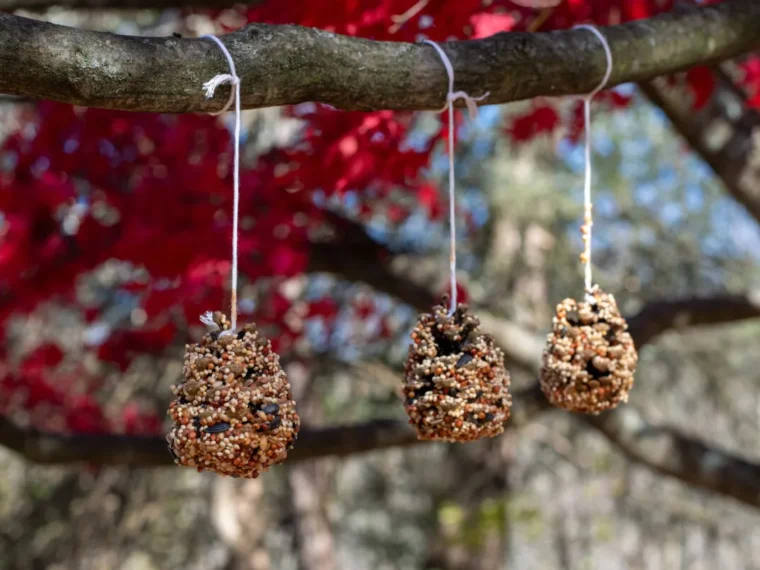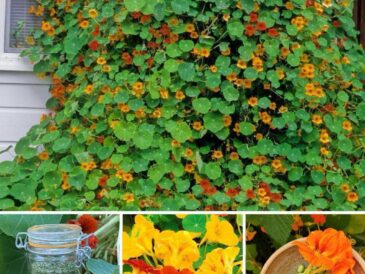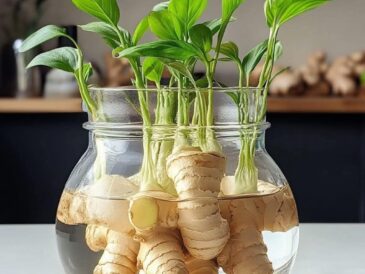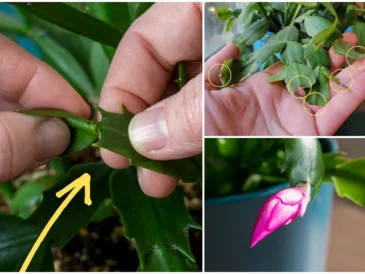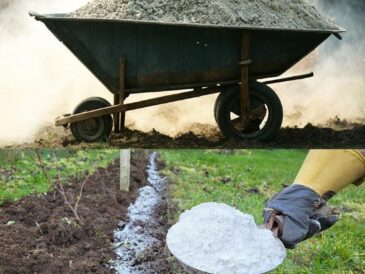4. Best Places to Hang Pine Cone Feeders
- Safe Distance from Predators: Hang your feeders on sturdy branches or hooks far enough from the ground or structures where cats or other predators can reach them.
- Near Shelter: Position them near shrubs or other vegetation to provide cover for birds as they feed, which will make them feel safer.
- Away from High-Traffic Areas: Avoid hanging feeders near doors, windows, or busy areas where people pass by frequently, as sudden movements can scare birds away.
5. Encouraging Year-Round Feeding
While pine cone bird feeders are often made in winter, they can be used year-round to support different species:
- Spring and Summer: Birds need more protein during these seasons to help with breeding and molting. Try filling feeders with mealworms, cracked corn, or high-protein seed mixes.
- Autumn: As birds prepare for migration, high-fat foods like sunflower seeds and peanuts provide the energy they need for long journeys.
6. Educational and Therapeutic Benefits
Making pine cone bird feeders can be a therapeutic activity for adults as well, allowing for time spent outdoors and engaging with nature. Watching birds feed provides a peaceful, mindful experience that reduces stress and anxiety. Additionally, this project is an easy way for adults to learn more about local bird species and observe them up close.
7. Pine Cone Feeders for Different Bird Species
The types of seeds you use can attract specific bird species. Here’s a quick guide:
- Black Oil Sunflower Seeds: Attracts cardinals, chickadees, and finches.
- Safflower Seeds: Popular among grosbeaks and sparrows.
- Thistle or Nyjer Seeds: Loved by finches and siskins.
- Cracked Corn: Attracts ground feeders like juncos and sparrows.
- Suet and Peanut Butter Mixtures: Appeals to woodpeckers, nuthatches, and wrens.
8. Eco-Friendly and Zero-Waste Options
- Reuse Pine Cones: Once the seeds are gone, you can reuse the pine cones by adding a fresh layer of peanut butter and seeds.
- Composting: When they’re too worn out, compost them to return nutrients to the soil, adding to the sustainability of this activity.
9. Tips for Success
- Rotate Locations: Move feeders to different locations occasionally to prevent predators from learning where birds frequently feed.
- Avoid Pesticides: Ensure that any peanut butter, suet, or seeds you use are free of pesticides or artificial additives, as these can harm birds.
Final Thoughts
Pine cone bird feeders may be a simple project, but they’re impactful for your local wildlife, sustainable for the environment, and beneficial for adults and children alike. They provide a low-cost way to support birds while bringing nature’s beauty to your own backyard. This small act of kindness can help sustain bird populations, create meaningful outdoor experiences, and promote a deeper connection with the natural world.
Pine cone bird feeders are a great way to introduce yourself to birdwatching and make a positive impact on local wildlife. Enjoy the experience of crafting these feeders and watching the colorful birds they bring to your yard!
